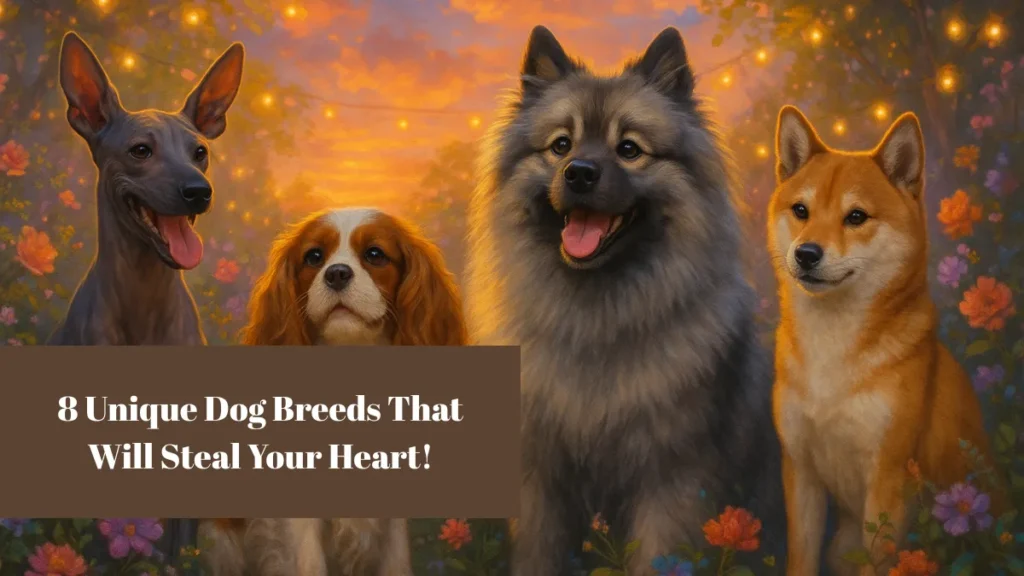Pitbulls are one of the most misunderstood dog breeds in the world. Often judged by their appearance or unfair media portrayals, the truth about Pitbulls is far more fascinating and heartwarming. In this blog post, we’ll take you on a journey through the history of Pitbulls—from their origins as working dogs in 19th-century England to their transformation into loyal companions and beloved family pets.
Understanding their true story helps break down harmful stereotypes and highlights their intelligence, loyalty, and affectionate nature. Whether you’re a Pitbull enthusiast or just curious about the breed, this comprehensive look at their past will shed light on their resilience, versatility, and evolution through the ages. By the end, you’ll see why so many people proudly call a Pitbull their best friend. Let’s uncover the real history behind this iconic breed.
Origins of the Pitbull: From England to America
The history of the Pitbull begins in early 19th-century England, where breeders sought to create a dog that combined the strength and athleticism of the Bulldog with the agility and tenacity of terriers. This led to the development of the “Bull and Terrier” breeds, the ancestors of today’s Pitbulls. These dogs were primarily used in blood sports like bull-baiting and bear-baiting, which were legal and popular forms of entertainment during that time.
After these brutal sports were banned, people began organizing underground dogfights instead, which sadly continued the Pitbull’s association with aggression. Despite this dark beginning, Pitbulls were never bred to be aggressive toward humans—only other animals during fights. When immigrants brought these dogs to the United States, their roles began to evolve. Farmers valued them for hunting, herding, and guarding livestock. In this new environment, the Pitbull’s versatility and loyalty began to shine through, laying the foundation for their future as beloved companions.
Pitbulls in Early American Culture and Society
Once in America, Pitbulls became an iconic part of early American life. These dogs were celebrated for their bravery, loyalty, and strong work ethic. In fact, they were often called “nanny dogs” because of their reputation for being gentle and protective around children. Many families trusted their Pitbulls as dependable guardians and loving companions. Their loyalty and strength also made them popular in the military and law enforcement.
During World War I and II, Pitbulls appeared in military posters and were even used as mascots to represent American values like courage and determination. One famous example is Sergeant Stubby, a Pitbull-type dog who served in World War I and became a decorated war hero for his service on the battlefield. These contributions further helped shape the public’s perception of Pitbulls as courageous and trustworthy animals. For decades, they were considered model American dogs, loved by people from all walks of life.
Media Influence and the Rise of Negative Stereotypes
The perception of Pitbulls began to shift dramatically in the latter half of the 20th century. Media outlets started reporting on dog attacks, many of which involved Pitbulls or Pitbull-type breeds. Sensational headlines painted these dogs as inherently dangerous, often without context or accurate breed identification. Unfortunately, this media portrayal fueled public fear and reinforced negative stereotypes. Dogfighting rings also became more exposed during this period, and many of the dogs used in these illegal activities were Pitbulls. As a result, the breed was unfairly associated with violence and aggression.
This led to a wave of breed-specific legislation (BSL) across various countries and states, restricting or banning Pitbull ownership altogether. The stigma became so strong that shelters began euthanizing Pitbulls at alarming rates, simply because of their breed. However, animal behaviorists and advocates argue that behavior is more influenced by environment and training than genetics, and many have been working to change the narrative.
The Role of Advocacy and Breed Education
In response to the negative publicity, many animal lovers, rescue organizations, and advocacy groups began working to rehabilitate the Pitbull’s image. Campaigns focused on educating the public about responsible ownership, the breed’s true temperament, and the importance of proper training and socialization.
Groups like the ASPCA and Best Friends Animal Society have been instrumental in challenging breed-specific bans and promoting adoption of Pitbulls. Celebrities and influencers also played a role in this positive shift—figures like Cesar Millan, Jon Stewart, and Jessica Biel have openly expressed love for their Pitbull companions, helping to show a different side of the breed.
Social media has further allowed Pitbull owners to share heartwarming stories and photos, humanizing these often misunderstood dogs. These efforts have slowly started to change public opinion, with many communities repealing BSL laws and embracing a more behavior-based approach to dog legislation. Education remains key in fostering compassion and understanding for this loyal breed.
Modern Pitbulls: Beloved Companions and Family Dogs
Today, Pitbulls are increasingly recognized for their loyal, intelligent, and affectionate nature. When raised in a loving, structured environment, Pitbulls make wonderful family pets. They are known for their eagerness to please, which makes them highly trainable, and their playful, social personalities make them great companions for active families. Pitbulls thrive when given proper exercise, consistent training, and positive reinforcement.
Rescue organizations across the globe now work tirelessly to rehome Pitbulls and advocate against breed discrimination. While challenges remain, especially in regions where BSL is still enforced, the future looks brighter for these dogs. More people are beginning to see Pitbulls for what they truly are—individuals shaped by their environment and care, not by a stereotype. As awareness spreads and responsible ownership becomes the norm, Pitbulls are reclaiming their place as the loving, loyal companions they were always meant to be.
Bottom Line
Pitbulls have come a long way from their origins in blood sports to becoming loyal and loving family pets. Their journey is a powerful reminder of how media influence and public perception can shape a breed’s reputation. But with growing awareness and education, the narrative around Pitbulls is changing. Today, they’re being embraced for their true nature—devoted, intelligent, and full of heart. With the right care and environment, Pitbulls make wonderful companions who enrich lives with their loyalty and affection. Their history deserves to be told accurately and with compassion.
FAQs
Are Pitbulls naturally aggressive?
No, Pitbulls are not naturally aggressive toward humans. Like any breed, their behavior depends on training, socialization, and environment.
What were Pitbulls originally bred for?
Pitbulls were originally bred for bull-baiting and later dogfighting, but in America, they became working farm dogs and family protectors.
Why do Pitbulls have a bad reputation?
Media exaggeration, illegal dogfighting, and breed misidentification have contributed to the negative stereotypes surrounding Pitbulls.
Can Pitbulls be good family pets?
Yes, Pitbulls are known for being affectionate, loyal, and great with children when raised in a responsible and loving home.


